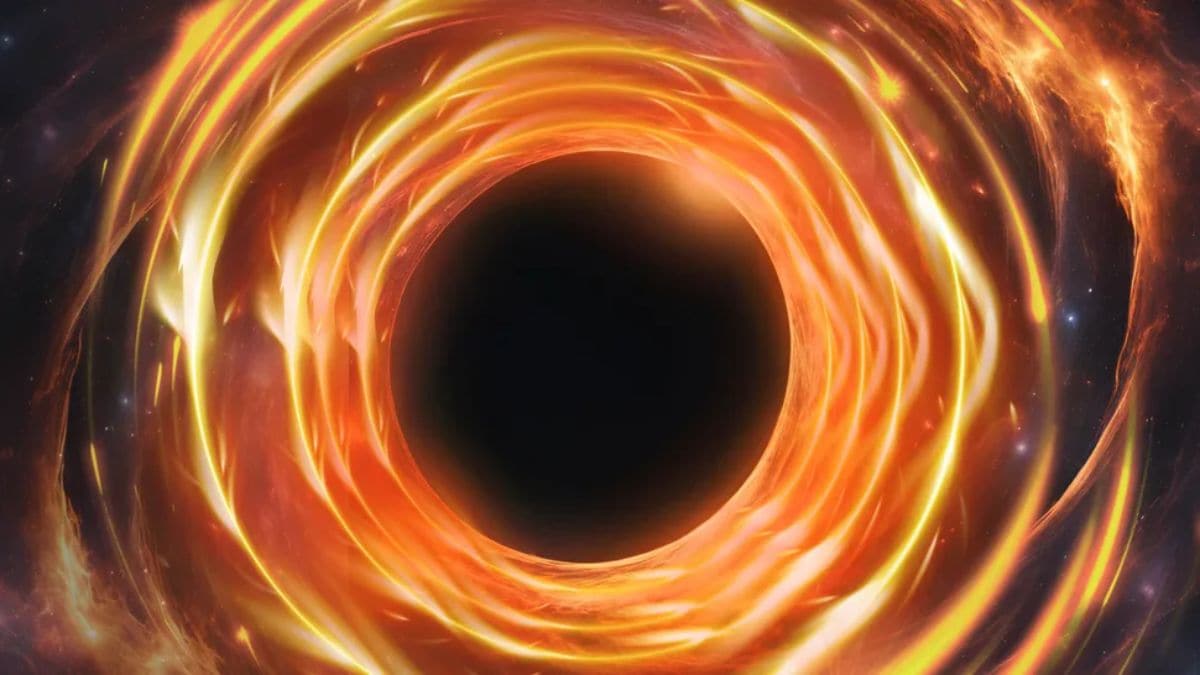Astronomers have a 90% chance of detecting an exploding black hole in the next ten years, according to a recent study from the University of Massachusetts Amherst. "Priordial" black holes, which are microscopic remnants of the early universe, are the subject of the prediction. Seeing one's last explosion would confirm Stephen Hawking's theory that black holes eventually evaporate and bombard detectors with a zoo of particles, including dark-matter candidates. Our cosmic narrative and physics would be completely altered by such a discovery.
Dark-Charged Primordial Black Holes
According to Space.com, it was assumed that primordial black holes (PBHs) would explode exceedingly rarely. The new UMass Amherst study instead proposes that these early-universe black holes might carry a slight “dark” electric charge under a hypothetical force.
The model includes a very heavy “dark electron” particle, which stabilizes a PBH and delays its collapse. Under this scenario, a PBH's final burst would happen roughly once every 10 years – vastly more often than the once-in-100,000-years estimated before. In fact, the authors calculate this boosts the detection odds to over 90% in the coming decade.
Observing the Final Explosion
Astronomers say existing telescopes should be ready. The team notes that today's space- and ground-based observatories could catch the brief flash of Hawking radiation from such an event. In practice, they will watch for a short burst of high-energy gamma rays, the signature of a PBH's final evaporation.
So far no such blast has been seen, but the researchers urge vigilance. As UMass physicist Joaquim Iguaz Juan explains, detecting one would be the first direct evidence of Hawking radiation (and of a primordial black hole), “completely revolutionizing physics” and helping rewrite the universe's history.

Comments
Post a Comment